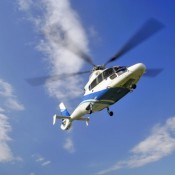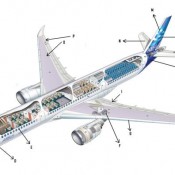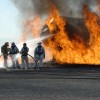The Cockpit

[audio:https://aviationenglishblog.com/wp-content/uploads/2010/09/10thecockpit.mp3|titles=The Cockpit]The Cockpit
The cockpit is the area in the front of the aircraft from where a pilot controls the aircraft. Referred to as flight deck on an airliner, it is basically the driver’s seat. However, the things that go on in a cockpit are far more complicated than what happens behind the wheel. The cockpit comprises of an instrument panel and controls which allow the pilot to fly the aircraft.
The cockpit of an aircraft has undergone a dramatic change over the years. After all the changes, the layout has been standardized today. Modern cockpits are fully computerized and the manual flight control has been replaced by a fly-by-wire system with an electronic interface and the control column with an electronic side-stick.

























Recent Comments